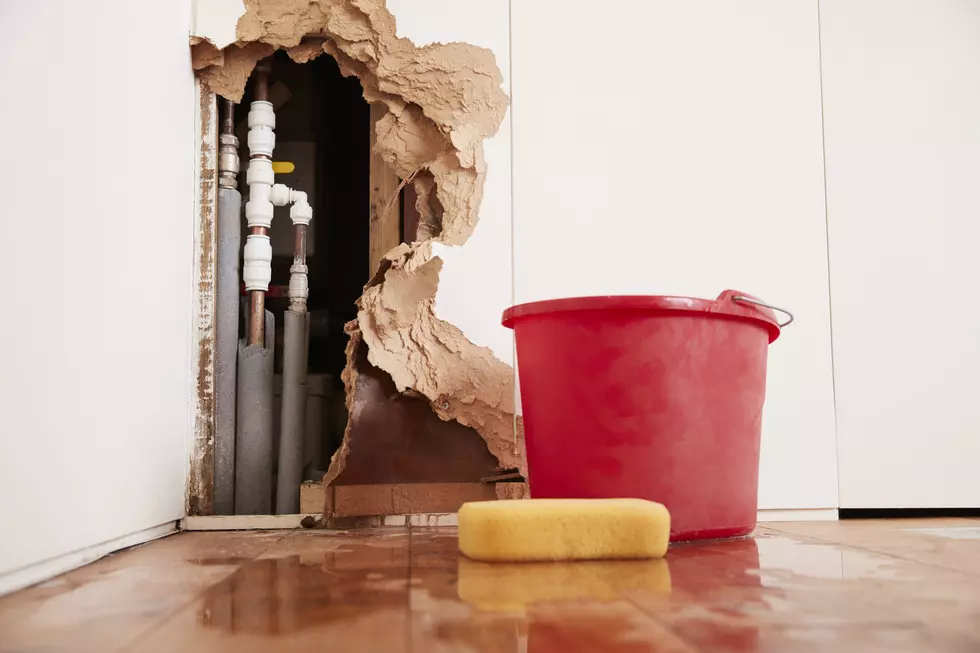
10 Safety Tips For Driving On Icy Roads
Many of us in West Texas are not very comfortable driving on ice, mainly because we don't have to very often. Usually the best thing you can do is avoid travelling. But, if you absolutely must, here are a few tips to keep in mind as we are experiencing these conditions this week.
- Reduce your speed. make adjustments to changing conditions, and allow extra time to reach your destination.
- Keep your windows clear. It may sound strange but switching on the air conditioner can remove moisture from inside the vehicle and improve defroster performance.
Put some extra space between you and any vehicles in front of you. Braking on a slippery surface requires more distance, so increase your distance with the car ahead.
Don't power up hills. Applying extra gas on snow-covered roads just starts your wheels spinning. Use lower gears to keep traction, especially on hills.
Make smooth, careful movements. Avoid skids by anticipating lane changes, turns and curves. Steering in icy conditions requires smooth and careful movements. Abrupt movements break traction and can start a skid. If your vehicle starts to skid, steer into the direction of the slide.
Accelerate and decelerate slowly. Applying the gas slowly when pulling out of the driveway or from a stop sign is the best way to regain traction and avoid slipping or sliding. It also takes longer to slow down on icy roads. So at intersections, allow for long, slow and steady stops to avoid skids.
Know your brakes. Locked wheels can make your vehicle slide or skid. If your vehicle has antilock brakes, which newer model cars have, push the brake pedal firmly and hold it down. The pedal will vibrate and pulse against your foot, but this is normal. Do not pump the pedal or remove your foot. The system is working as it was designed to work. If you do not have antilock brakes, still apply firm, steady pressure.
Do not use cruise control. When driving on a slippery surface, such as rain or ice, never use cruise control. You want to be able to respond immediately, if you start losing traction.
Use extra caution on bridges, ramps and overpasses. These areas are likely to freeze first and stay frozen during a winter storm.
Stay focused, alert, and aware of what's going on around you. Actions by other vehicles may alert you to problems more quickly or give you time to react safely.
More From 103.1 KKCN






